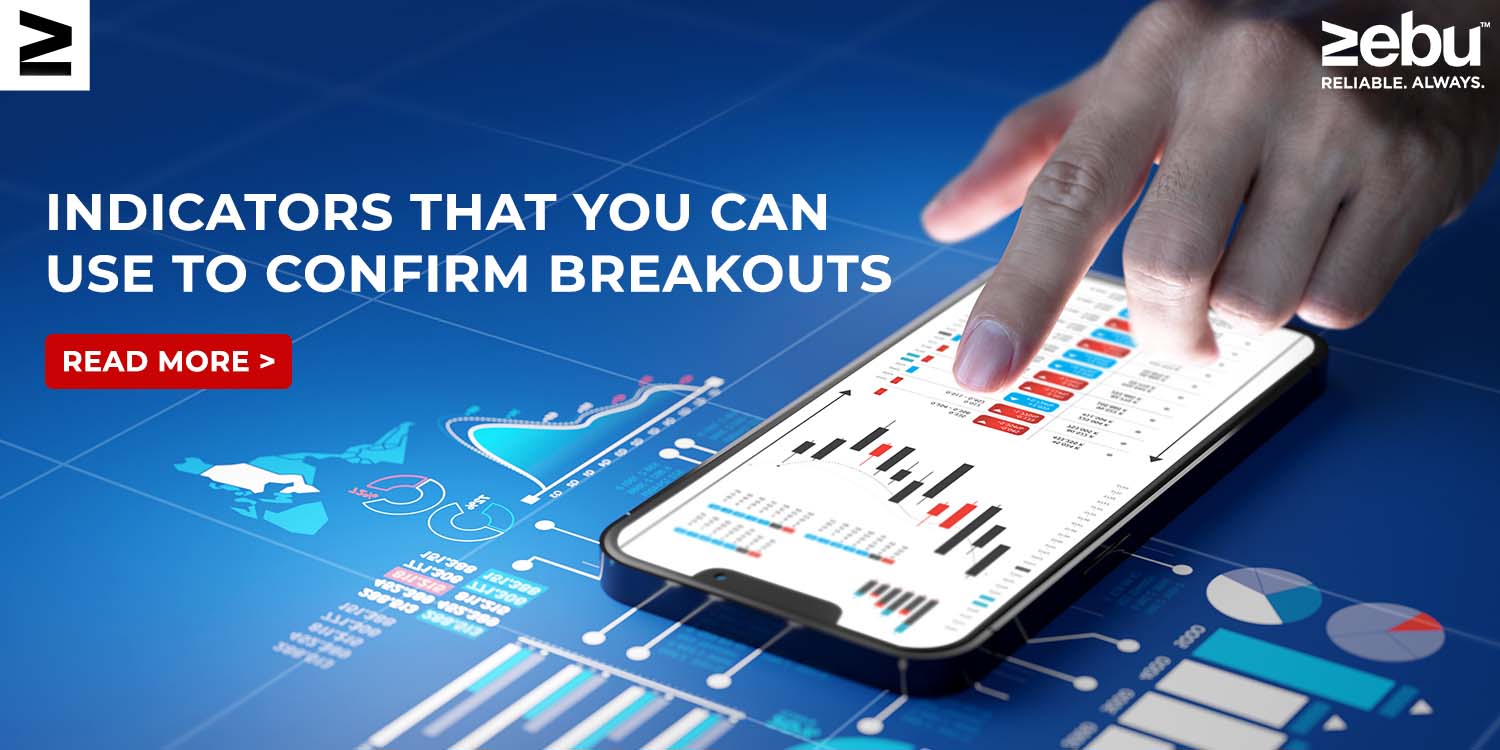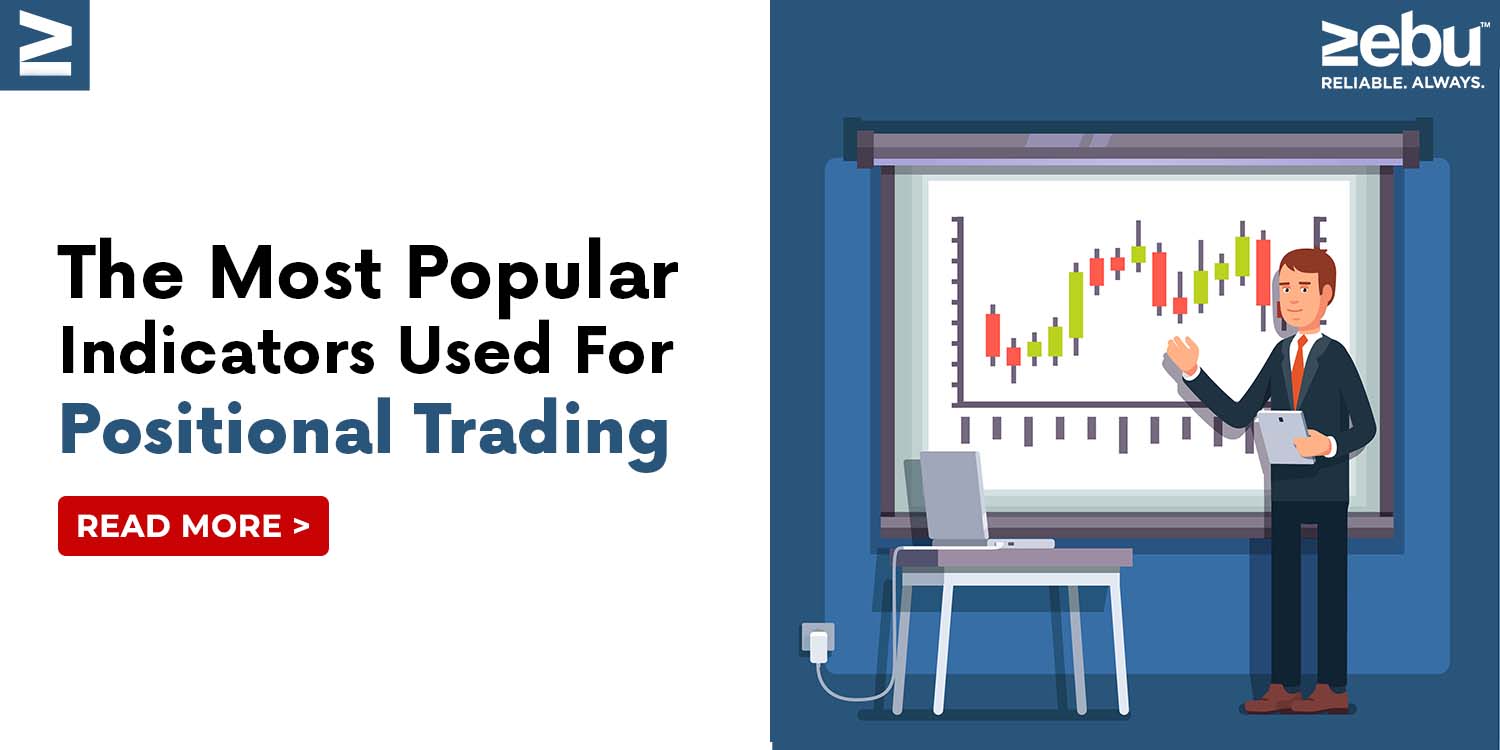
Breakouts are a common way to trade that can be used to get into a market or follow a trend. But it can be hard to be sure that a breakout is real because sometimes it is a false signal. In this post, we’ll look at some ways to confirm breakouts with indicators.
Moving Averages: A popular indicator that can be used to confirm breakouts is the moving average. By putting a moving average on a chart, traders can see the overall direction of the trend and know when a breakout has happened when the price breaks above or below the moving average.
Relative Strength Index (RSI): The RSI is an indicator of momentum that can be used to confirm breakouts. When traders plot the RSI on a chart, they can see how strong the trend is and know that a breakout has happened when the RSI breaks above or below a certain level.
Bollinger Bands: Bollinger bands are an indicator of volatility that can confirm breakouts. By putting Bollinger bands on a chart, traders can see how volatile the trend is and know that a breakout has happened when the price breaks above or below the Bollinger bands.
Volume: Volume is an important sign that can be used to confirm breakouts. By plotting volume on a chart, traders can see how strong a trend is and know that a breakout is happening when the volume goes up during the breakout.
Moving Average Convergence Divergence (MACD): This is a momentum indicator that can be used to confirm breakouts. When traders plot the MACD on a chart, they can see how strong the trend is and know that a breakout has happened when the MACD histogram breaks above or below the zero line.
It’s important to remember that no single indicator is the holy grail. Meaning, no indicator can tell with 100% accuracy when a breakout has happened. Because of this, it is best to use more than one indicator to confirm a breakout. Also, it’s important to always manage your money and risks well and come up with a trading plan before making any trades.
Breakouts can be a good way to trade, but it’s important to make sure they’re real before you make a trade. Traders can, however, improve their accuracy by using indicators like moving averages, RSI, Bollinger bands, volume, and MACD. Before making any trades, you should always use multiple indicators, manage your money and risks well, and come up with a trading plan.
